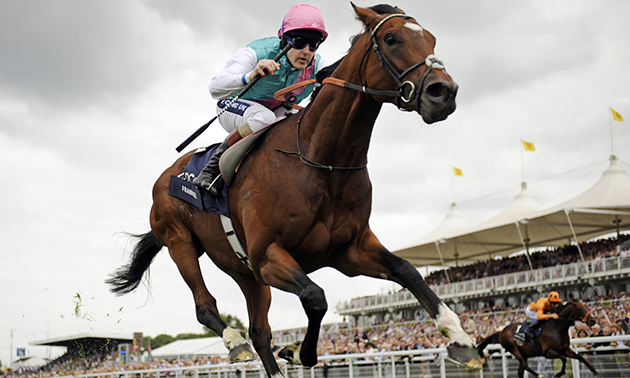How to bet on the Tote using Timeform
Timeform products can clearly be used to help you bet smarter, but you probably have to delve a little deeper to assist with your Tote bets.
Use our form to get a feel for the race
Firstly, the Timeform ratings are well-established as a very reliable tool when assessing the merit of a horse, so it’s probably fair to assume that a Timeform-top-rated runner has the potential to be over-bet in Placepots and in the win/place markets.
A Timeform tailpiece succinctly sums up the characteristic of a horse, with ‘consistent’ clearly more flattering than ‘unreliable’ or ‘ungenuine’, which could sway you when picking a Placepot horse –the obvious caveat being that if the trait is well-known within the gambling community, there isn’t really an edge to be had.
Read up on the TRWs
The Timeform ratings of winners, or TRWs, arguably provide the best route to an edge as they can help shed light on maiden/novice races. TRWs are weight-adjusted Timeform performance ratings achieved by the winner in the given race on each of the last five years. You can find them in all Timeform Race Cards and at the top of races, if you are a premium Race Passes subscriber. These are a significant and often crucial insight, as you can get a guide as to what is required to win (and to a degree the standard needed to place) said race.
For example, if a couple of runners have already run to a figure above the average TRW, they are probably going to be hard to keep out of the frame, and there may well be little point trying to be cute with your selections in that instance. However, if no runner has attained that level, it might be prudent to side with a newcomer or a likely improver on the back of a quiet run, as they can often be overlooked by Placepot players who tend to crave solid or at least established form. The rating of a horse believed likely to improve will be marked by the Timeform handicappers with either a ‘p’ or a ‘P’, depending on how much improvement they are believed likely to find – defined as roughly half a stone pf improvement expected, or a stone or more of improvement expected.

Study the Pace Map
Timeform’s unique Pace Maps also can be used to get a feel for how each race will be run. You can use the race Pace Map to help predict how a race might be run, and logically which of the competitors’ running style would be most suited to that pace scenario – and might therefore have a superior chance of being placed than their odds would suggest. For example, in a strongly-contested race, closers or those with proven stamina over the trip are more likely to pick up the pieces and fill a place. Yet with little early pace forecast, a front runner will almost certainly be seen to good effect. In fact, Timeform’s Ben Fearnley pointed out in an article (published spring, 2020) that:
If you backed every front-runner that ran on the Flat in the UK for the last five years you’d be operating at a strike-rate of 18.3% and have returned a BSP profit of nearly 20,000 points. If you specifically looked at small fields (=<7 runners) in that period, the strike-rate would increase to 24.7% (BSP profit of over 3,800 points)... [Running style] is a factor that the market seemingly still doesn’t value highly enough, despite the late market moves on potential front-runners.
In summary
The Timeform racecard can provide many clues when punting, from form ratings to traits or quirks of a horse along with symbols such as suitability of the track and a jockey uplift. Specifically for Placepot purposes, the TRWs and Pace Maps appear to be the most valuable weapons in a customer’s armoury.















